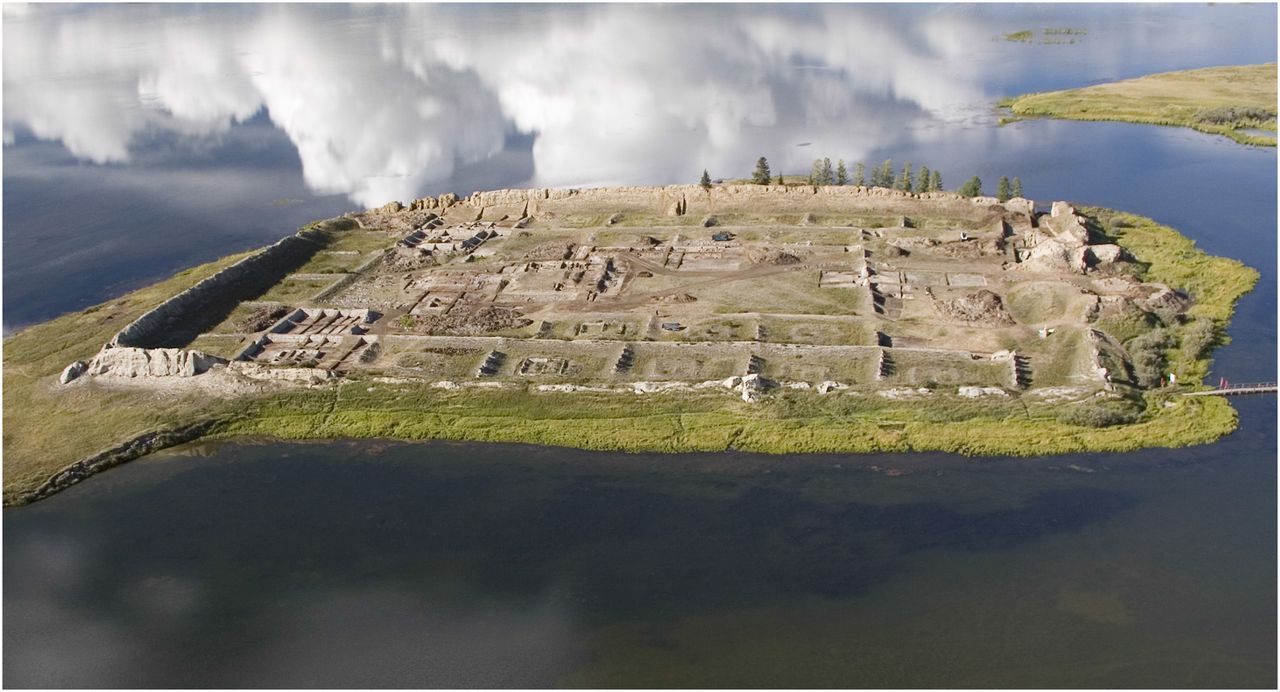UK article: Experts in carbon dating solve centuries-old mystery

No one knew why the mysterious fortress of Por-Bazhyn had been built or why it had never been used. But this week, UG scientists presented the solution to the mystery, thanks to a new method of carbon dating.
By Christien Boomsma - June 10 at 9.19 A.M.
The island fortress of Por-Bazhyn, deep in Siberia’s permafrost, is almost as mysterious as Machu Picchu. It may not be as well-known as its Peruvian twin, but scientists have been fascinated by this eighth-century clay building surrounded by twelve-metre high walls for decades. Who built it? Was it a palace? A fortress? A monastery? Why doesn’t it have any fireplaces? Why doesn’t it look like anyone ever lived there?
In an article published in PNAS this week, UG scientists provide the definitive answer: they’ve determined the building was constructed in the summer of 777. They used a new method, looking for carbon-14 isotope peaks in tree rings. These peaks were caused by rare solar flares, once of which occurred in 775 and another in 994.
| Last modified: | 12 January 2022 2.28 p.m. |
More news
-
04 July 2025
University of Groningen awards various prizes during Ceremony of Merits
The UG awarded different prizes to excellent researchers and students during the Ceremony of Merits on 4 July 2025.
-
02 July 2025
Relinde Weil reappointed as a member of the Supervisory Board UG
The Minister of Education has reappointed Relinde Weil for a second term as a member of the Supervisory Board of the University of Groningen.
